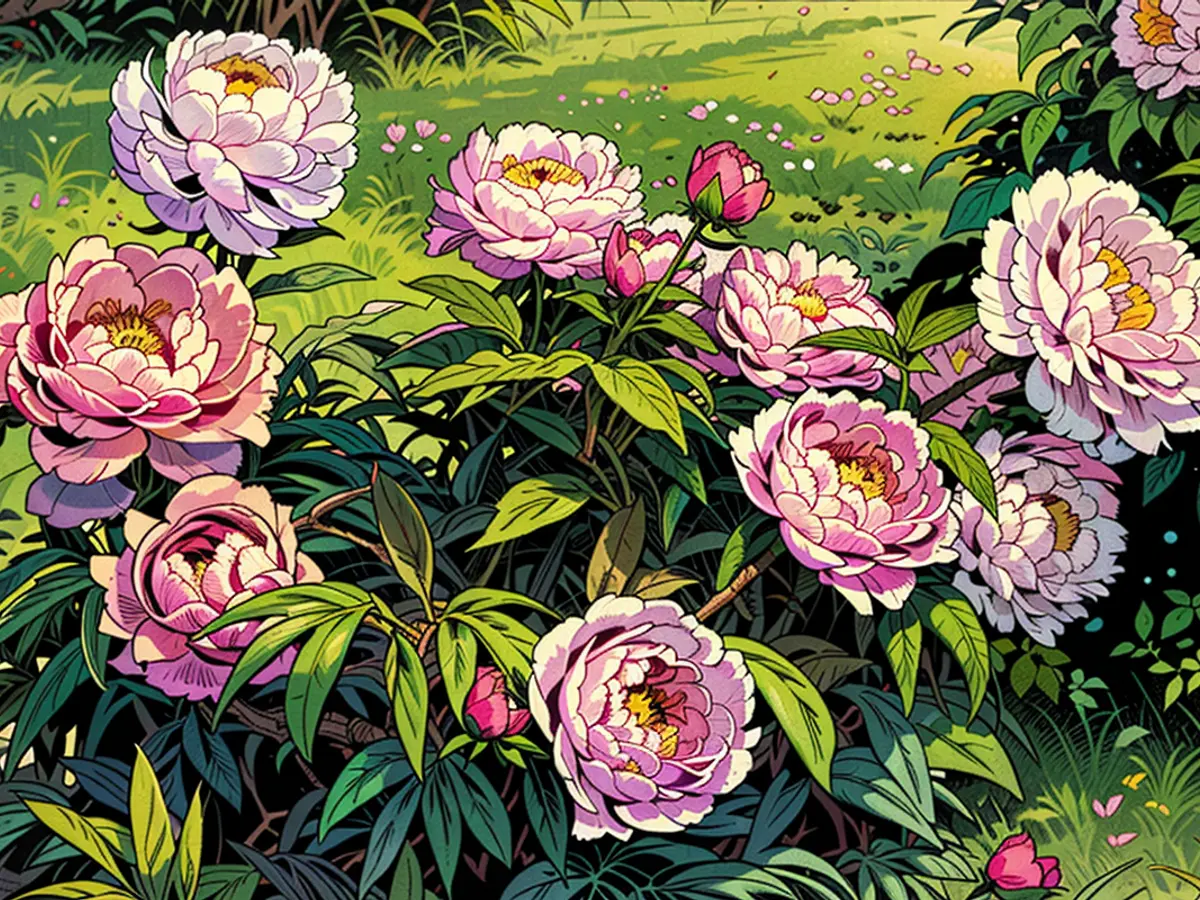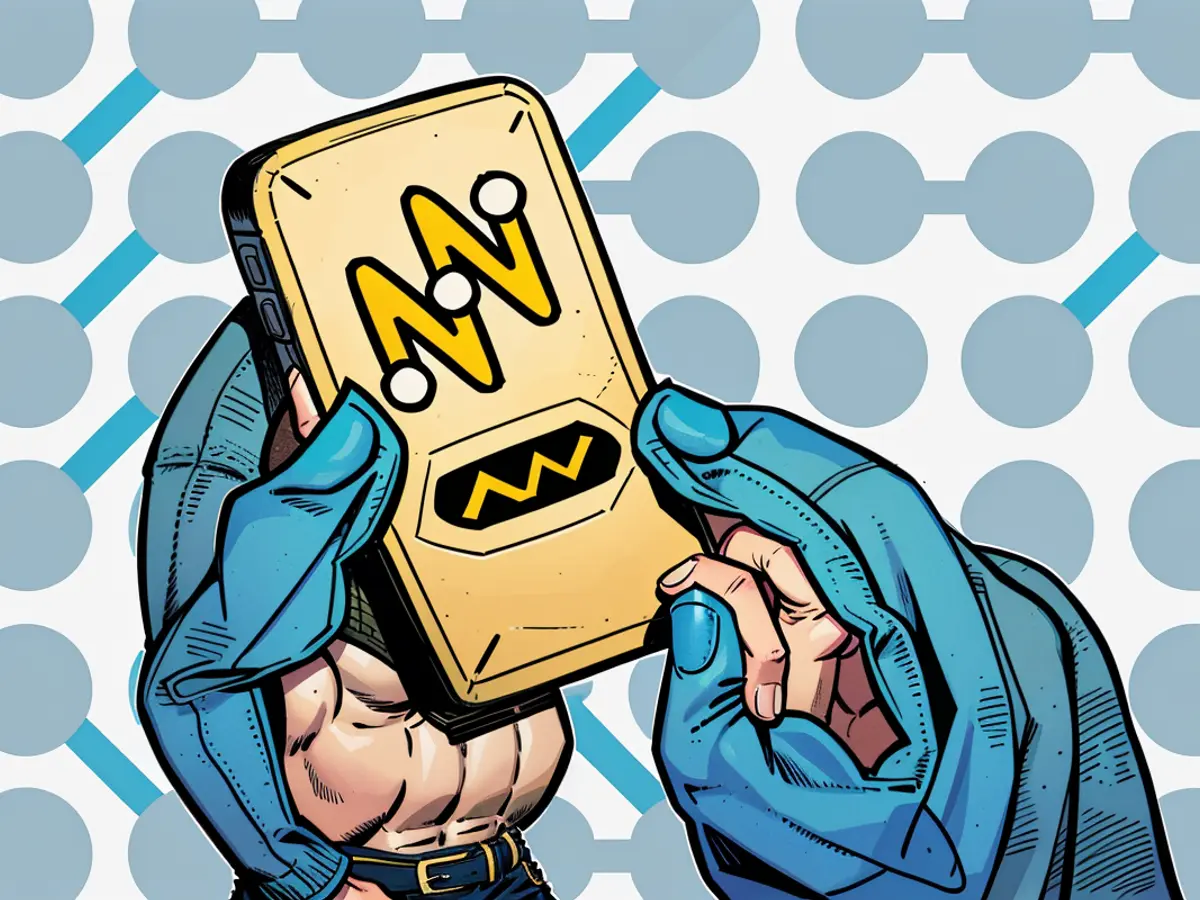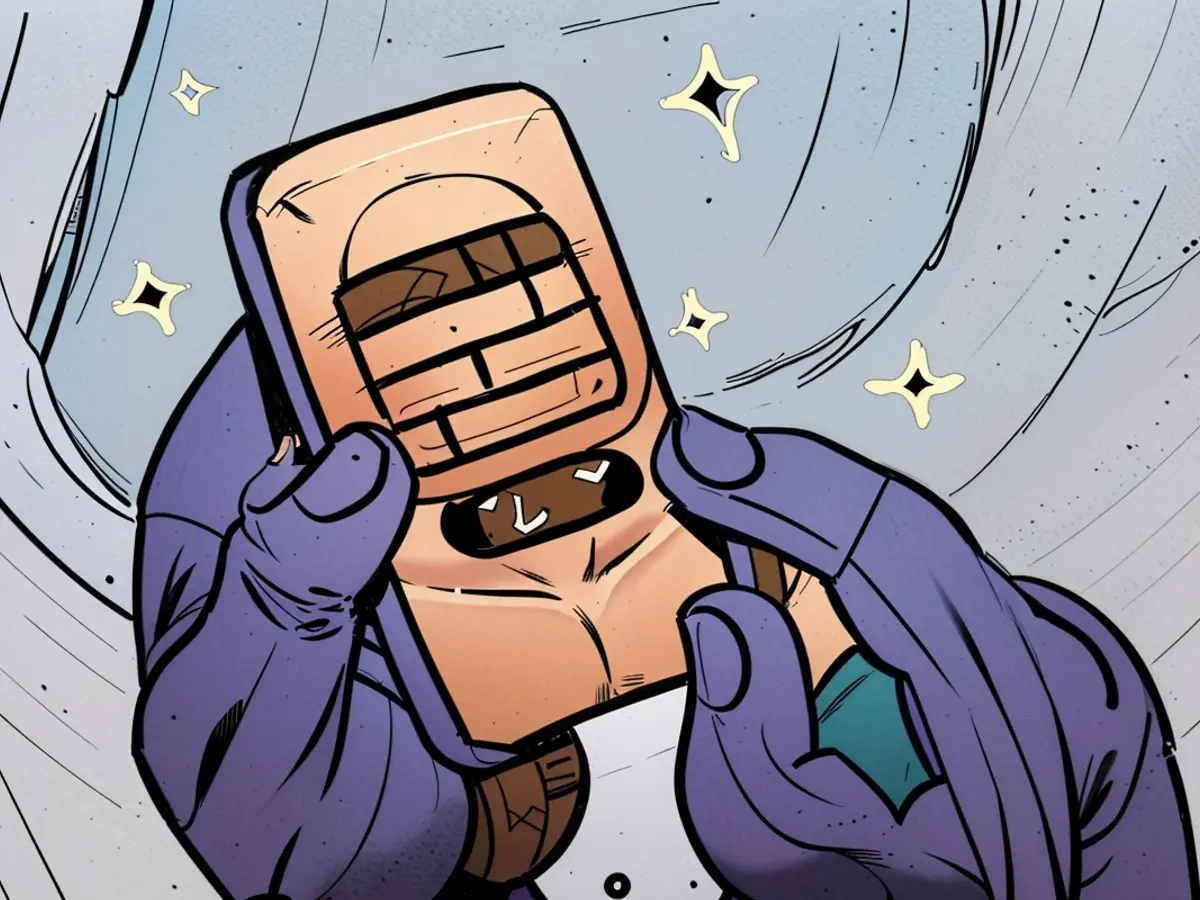These Flowers Won't Benefit From Deadheading
Plants are simple: They start as a seed then grow stalks, leaves, and stems. Flowers form, but then plants are dedicated to producing seeds. At each stage of this process, the plant is good at focusing energy on the specific part of the plant that needs it. Once a plant dedicates itself to producing seed (sometimes called bolting), it stops putting energy into anything else, including producing more flowers.
Deadheading is a snipping off spent flowers on a plant so that instead of putting energy into producing seed from them, the plant goes right back to making more flowers. In most cases, this works well—most annual cutting flowers benefit from deadheading, including zinnias, snapdragons, and even basil and other herbs. But within the plant world exist some flowers that will ever only produce one stem and one flower, so deadheading the plant means you're effectively killing it.
In most cases, it's not hard to figure out which is which—the seed packet or the plant tag will tell you. Still, a singular stem flower has a lower impact on your garden. It's there for a limited amount of time, so you want to think about whether it's worth growing at all. Most people grow these for cutting flower gardens with high turnover. Here are some you'll want to watch out for.
Stock
This snapdragon lookalike produces perfume far headier than any other cut flower I can think of, making it ideal for indoor bouquets. With so many new varieties hitting the market in recent years, there's a pretty wide variety of soft pastels you can find.
Peonies
Investing in peonies is money well spent, however small the plant you start with. Every year, that plant should grow about 30% larger, and it is one of the reliable plants to sprout up every spring. While you can deadhead peonies to clean up the look of the plant, it will not result in the plant producing another bloom. Peonies set their buds early.
Sunflowers
There are single stem and multi-branching sunflowers, but the classic sunflower you see in a field is likely a single stem. Once you cut the sunflower off, you're not only killing the vibe for every resident squirrel and bird, you're sending the plant to the giant bouquet vase in the sky. In the case of sunflowers, you're best to wait until the entire head forms seeds and those seeds are easily dislodged.
Tulips
It is ironic that tulips can come back year after year, but commercial growers replant bulbs every single year, because in order to cut a tulip for the market, you remove the leaves, which the plant needs to gain enough strength to come back next year. Even if you leave the bottom two leaves of the plant to compost so the roots get the nutrition they need, cutting the flower off once spent won't cause the tulip to rebloom. Tulips are a classic one-and-done.
Alliums
Another flower you'll generally get in bulb form, alliums are actually related to onions, and rise high into the garden, sometimes as much as four feet, and produce one gigantic big puffball of seeds. They're quite a spectacular, sometimes as big as ten inches across. Unfortunately, deadheading them has no effect except to deprive your garden of a lovely looking flower with a bit of staying power.
Gladiola
A member of the flower family I call "tall & spiky" that includes delphiniums and larkspur, gladiolus come in a range of vibrant colors and form gigantic spires of color. Birds and bees love them, and if you could get them to rebloom, your garden would be full of them. But they're single stem, so deadheading is futile.
Hollyhocks
Unlike the glads mentioned above, these tall and spiky blooms have a softer shape but maintain the same single stem feature that makes deadheading kind of pointless.
Celosia
To just buy one at the nursery is a disservice—these fantastical flowers need to be in groupings. Celosia comes in two flavors: a plume or a cockscomb. I am personally drawn to the latter, but either are fabulous, and they come in the most vibrant jewel tones. Everyone stops to ask about them in my garden. Frustratingly, many varieties are also single stem, so they are a limited release in your garden; enjoy them while they last.
After understanding that certain plants, like stock and celosia, are single stem flowers and have a limited blooming period, you might consider placing them strategically in your garden or home, ensuring you appreciate their beauty during their short duration. While deadheading isn't necessary with stock, it's still enjoyable to snip off spent celosia blooms to create a bouquet, admiring their vibrant jewel tones before they fade. At home, consider arranging these flowers in a vase, coexisting harmoniously with your daily life while cherishing their temporary presence.








